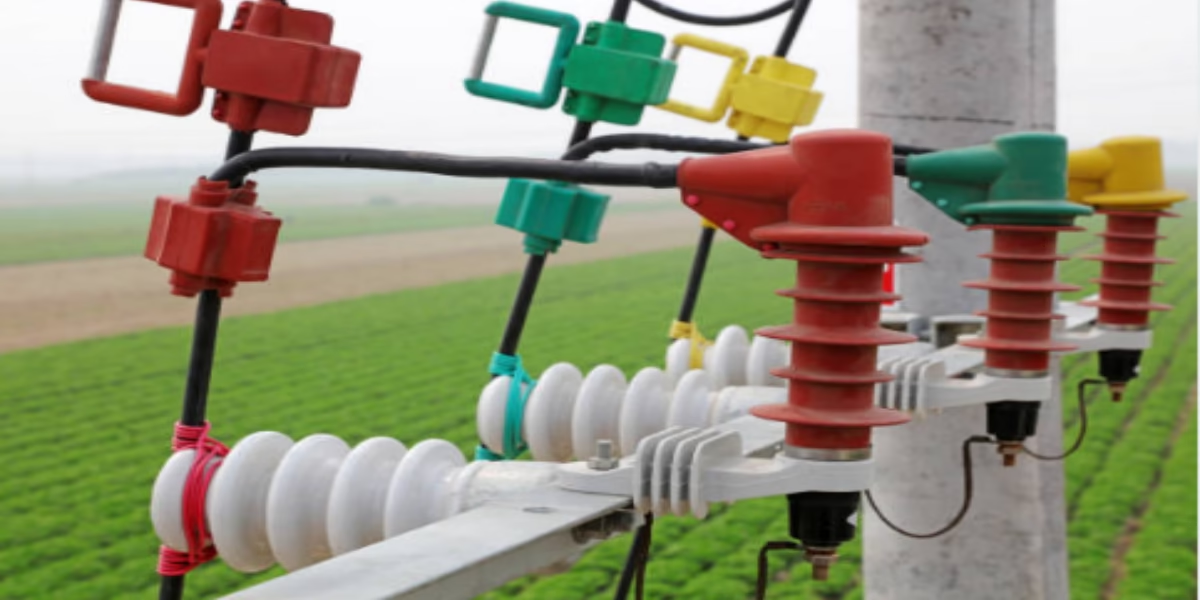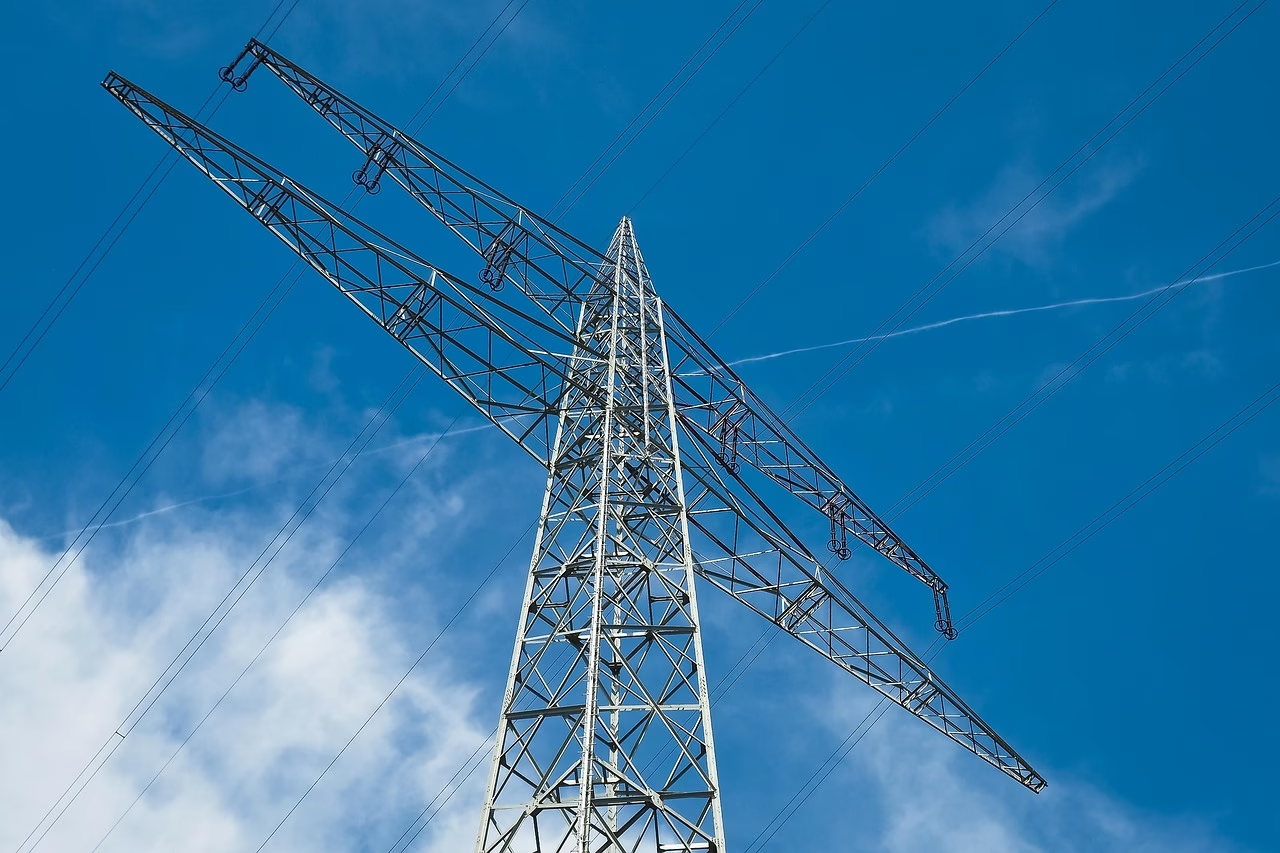Understanding Fuse Cutouts: Safety adn Functionality Explained
In the intricate tapestry of electrical systems, the unsung heroes often go unnoticed. Among these essential components,fuse cutouts play a pivotal role in maintaining safety and functionality. Often installed on utility poles and sometimes hidden in plain sight, these devices are crucial for protecting electrical networks from faults and ensuring reliable service.but what exactly is a fuse cutout, and how does it contribute to the safety of our daily lives? In this article, we will demystify the workings of fuse cutouts, exploring their design, the importance of their function, and the safety measures they ensure. Join us as we delve into the world of fuse cutouts,illuminating their meaning in the realm of electrical engineering and public safety.
Table of Contents
- Exploring the Essential Role of Fuse Cutouts in Electrical Systems
- Navigating Safety Features: How Fuse Cutouts Protect Your Infrastructure
- Enhancing Performance: Maintenance Tips for Longevity and Efficiency
- Choosing the Right Fuse Cutout: A Guide to Types and Applications
- Q&A
- Closing Remarks
Exploring the Essential Role of Fuse Cutouts in Electrical Systems
fuse cutouts are pivotal components in electrical distribution systems, providing unmatched safety and adaptability. These robust devices act as a protective barrier, ensuring that any unforeseen electrical fault—like an overload or a short circuit—does not compromise the integrity of the entire system. Their primary role is to interrupt the flow of electricity during such events, thus minimizing damage to transformers and other valuable equipment. Moreover, the replaceable fuse element allows for fast restoration of service, making them essential for maintaining system reliability and efficiency.
When considering the functionality of fuse cutouts,several key features stand out:
- Overcurrent Protection: Automatically disconnects the circuit in case of excessive current.
- Weather Resistance: Designed to endure various environmental conditions.
- Easy Maintenance: Simplifies the replacement of blown fuses without requiring system shutdown.
understanding these features can definitely help operators ensure their electrical systems are not only safe but also efficient. The following table highlights the diffrent types of fuse cutouts and their specific applications:
| Type of fuse Cutout | Application |
|---|---|
| Polymer Fuse Cutouts | Transmission lines and substations |
| Ceramic Fuse Cutouts | Rural and suburban distribution |
| ‘Live-line’ Cutouts | Power maintenance without disruption |
Navigating Safety Features: how fuse Cutouts Protect Your Infrastructure
Fuse cutouts serve as a crucial line of defense for electrical infrastructure, especially in overhead power distribution systems. By disconnecting the circuit during an overload or fault condition, they prevent extensive damage to the network and enhance safety.These devices are primarily designed to protect transformers and other critical components from potential hazards.Their operational mechanism is straightforward yet effective: they incorporate a fuse that melts when excessive current flows, thereby breaking the electrical connection while allowing for seamless maintenance and repairs without shutting down the entire system.
The benefits of integrating fuse cutouts into your electrical infrastructure are numerous and significant. Consider the following key advantages:
- Enhanced Safety: By automatically disconnecting during faults, they minimize fire risks and equipment damage.
- Reliability: Their robust construction ensures long-term performance even in harsh environmental conditions.
- Maintenance Ease: They facilitate quick fault isolation,reducing downtime and allowing for more efficient repairs.
- Cost-Effectiveness: By preventing extensive damage to the infrastructure, they save on repair costs over time.
| Feature | Description |
|---|---|
| Current Rating | Determines the maximum load a fuse cutout can handle. |
| Voltage rating | Indicates the maximum voltage capacity for safe operations. |
| Environment Resistance | Designed to withstand weather extremes and corrosive environments. |
| Installation Type | can be mounted on poles or attached to substations. |
Enhancing Performance: Maintenance Tips for longevity and Efficiency
To ensure the longevity and efficiency of fuse cutouts,regular maintenance is essential. Keeping the cutouts clean and free from debris not only enhances their performance but also minimizes risks of failure. Consider the following maintenance tips:
- Visual Inspections: Conduct periodic inspections to check for any visible signs of wear, corrosion, or damage.
- Cleaning: Remove dirt and grime regularly with appropriate cleaning agents to avoid insulation breakdown.
- Electrical Connections: Tighten any loose connections to prevent arcing and overheating, which can lead to equipment failure.
Moreover, keeping documentation of maintenance activities can be invaluable. By tracking repairs and replacements, you can identify patterns that may indicate larger issues. Here’s a simple maintenance log template that can help:
| Date | Activity | Notes |
|---|---|---|
| 01/15/2023 | Visual Inspection | No issues detected |
| 03/20/2023 | Cleaning | Dirt removed from cutout |
| 05/12/2023 | Connection Tightening | Minor adjustments made |
Choosing the Right Fuse Cutout: A Guide to Types and Applications
When it comes to selecting fuse cutouts for electrical systems, it's essential to consider the specific requirements of your application. Several types of fuse cutouts are available,each designed to meet different operational criteria and environmental conditions. As a notable example, standard fuse cutouts are commonly used in overhead distribution systems, while fuse cutouts with integrated surge protection are ideal for areas prone to electrical surges. Additionally, pole-mounted fuse cutouts can be essential in rural settings where overhead lines are the primary means of power distribution.
The choice of fuse cutout can also depend on various factors,such as load requirements and environmental considerations. Here are a few critical aspects to keep in mind:
- Voltage Rating: Ensure that the cutout matches the system voltage.
- Current Rating: Select a cutout that can handle the maximum expected load.
- Material Durability: Choose cuts with weather-resistant materials if installed outdoors.
- Mounting Options: Consider whether a pole-mounted or wall-mounted system best suits your setup.
| Type | Application | Features |
|---|---|---|
| Standard Fuse Cutout | Overhead Distribution | Cost-effective and reliable |
| Surge Protection Fuse Cutout | Surge-Prone Areas | Integrated surge protection |
| Pole-Mounted Fuse Cutout | Rural Power Distribution | Space-saving and convenient |
Q&A
Title: Understanding fuse Cutouts: Safety and Functionality Explained
Q1: What is a fuse cutout, and why is it important in electrical systems?
A1: A fuse cutout is a protective device used in overhead electrical distribution systems to interrupt the flow of current when a fault occurs. Think of it as a safety gate that swings shut when there's trouble, helping to protect equipment and ensure safety for both linemen and the public. Its importance cannot be overstated; it prevents damage from overcurrent events, thereby safeguarding infrastructure and maintaining service reliability.
Q2: How does a fuse cutout work?
A2: The fuse cutout operates on a simple yet effective principle. When a short circuit or overload happens, the fuse element within the cutout melts due to the excess current, breaking the circuit. This interruption stops further current flow, protecting downstream equipment. After the fault is resolved,the cutout can be reset by replacing the fuse,allowing the system to return to normal operations.
Q3: What are some of the key components of a fuse cutout?
A3: A fuse cutout typically consists of several key components: the fuse element, a mounting bracket, a porcelain or polymer insulator, and frequently enough an external enclosure to protect from environmental factors. The fuse element is the heart of the cutout, designed to melt and break when current exceeds its rating. The insulator provides electrical isolation, ensuring that the cutout can operate safely in outdoor environments.
Q4: Are fuse cutouts easily accessible for maintenance?
A4: While fuse cutouts are designed for reliability, accessibility for maintenance is a crucial aspect of their design. Most are installed at a height, allowing linemen to reach them safely with the right equipment, often using a hot stick.This design ensures that maintenance work can be conducted while minimizing risk, as linemen can operate them without having to get to close to high-voltage lines.
Q5: What safety precautions shoudl be taken when working with fuse cutouts?
A5: Safety is paramount when dealing with fuse cutouts.Linemen and personnel should always follow proper lockout/tagout procedures to ensure the system is de-energized before conducting maintenance. Personal protective equipment (PPE) such as insulated gloves, helmets, and eye protection is critical, as is verifying that the cutout is indeed safe to work on with appropriate voltage detection tools.
Q6: How do fuse cutouts contribute to the overall reliability of power distribution systems?
A6: Fuse cutouts enhance reliability by acting quickly to isolate electrical faults, preventing potential damage to transformers, lines, and other equipment. By reducing downtime and maintaining service during fault conditions,they play a crucial role in ensuring that power can be restored quickly and efficiently,making the entire distribution system more resilient.
Q7: What are the advantages of using fuse cutouts over other types of protection devices?
A7: Fuse cutouts offer several advantages, including their simplicity and cost-effectiveness. Unlike circuit breakers, which require more complex mechanisms, cutouts are straightforward and rely on the melting of the fuse element for operation. Additionally, they have a natural advantage in outdoor environments due to their robust design and minimal maintenance requirements, making them ideal for overhead power lines.
Q8: are there any advancements in fuse cutout technology?
A8: Yes, advancements have been made in materials and designs used in fuse cutouts. Innovations include the use of more durable polymer materials that withstand extreme conditions, improved fuse element designs for faster response times, and integration with smart grid technology, enabling remote monitoring and diagnostics.These advancements enhance operational efficiency and provide better insights into system health and performance.
Q9: Can fuse cutouts be used in all types of electrical systems?
A9: While fuse cutouts are primarily designed for overhead distribution systems, they may not be suitable for every application. They are ideal for rural and urban distribution networks,but situations involving underground systems may require different types of protection devices. The choice of using a fuse cutout would depend on various factors, including environmental conditions, system voltage, and layout.
Q10: What should utilities consider when selecting fuse cutouts for their systems?
A10: Utilities should consider several factors when selecting fuse cutouts. These include the voltage rating and current capacity needed for specific applications, environmental conditions, the expected fault levels, and the overall design of the distribution network. Additionally, compatibility with existing system components and the ability to integrate with advanced monitoring or control systems are essential considerations for optimal performance and safety.
---
understanding fuse cutouts is paramount to appreciating their critical role in electrical safety and reliability. With their straightforward function and evolving technology, they remain a staple in the protection of power distribution systems.
Closing Remarks
understanding fuse cutouts is essential for anyone seeking insight into the intricate world of electrical safety and functionality. These often-overlooked components serve as critical guardians of our electrical systems,diligently protecting both infrastructure and personnel from the hazards of overloads and faults.By unraveling their design and purpose, we not only appreciate the engineering prowess that goes into these safety devices but also recognize their vital role in maintaining the reliability of our power supply. As we continue to depend on electricity in our daily lives, a deeper knowledge of tools like fuse cutouts empowers us to engage more responsibly with our environments. Whether you’re an industry professional or simply a curious reader, we hope this exploration fosters a greater respect for the silent sentinels that operate behind the scenes, ensuring our safety and comfort with every flick of a switch.





